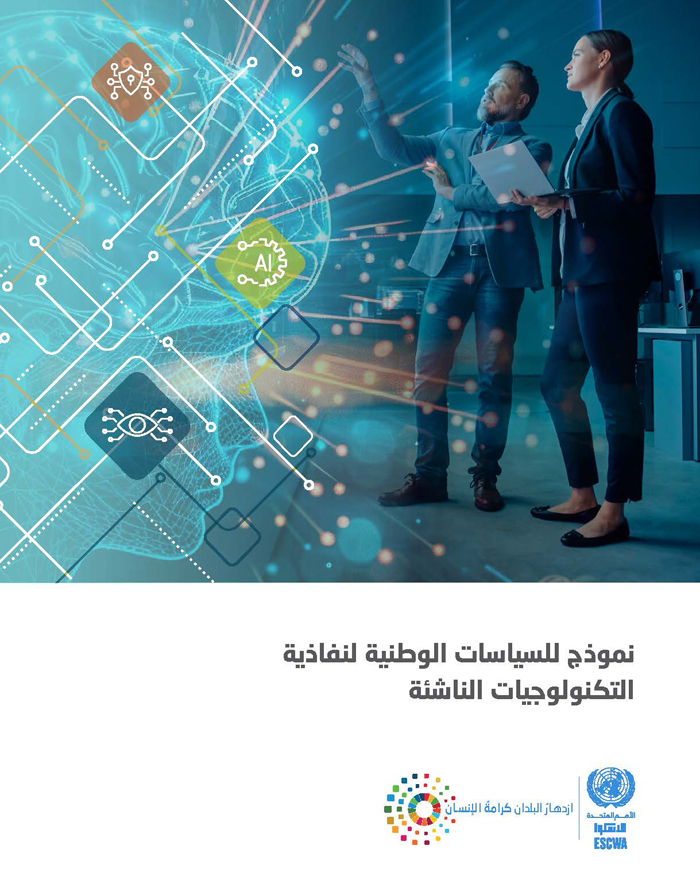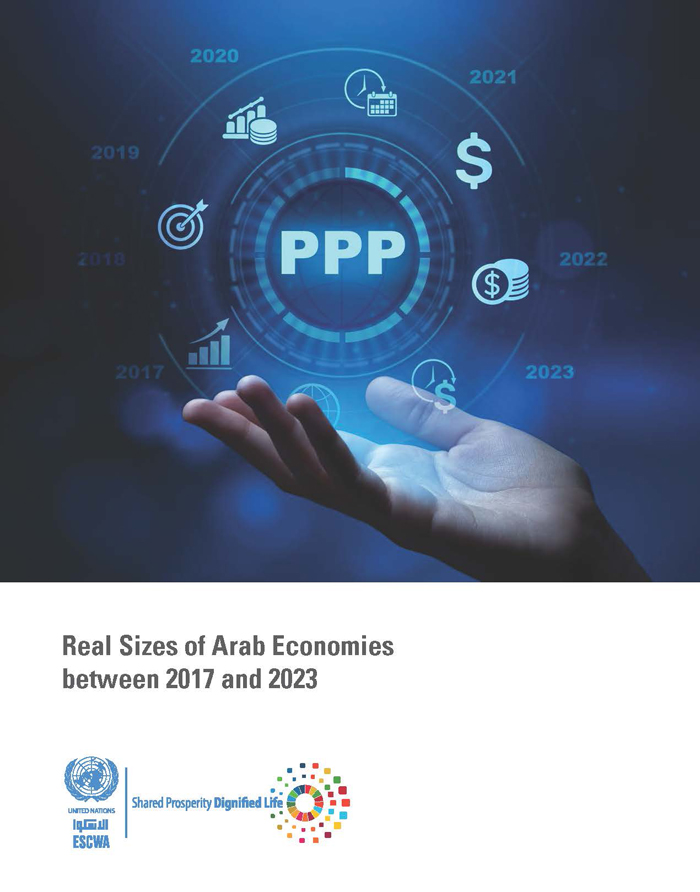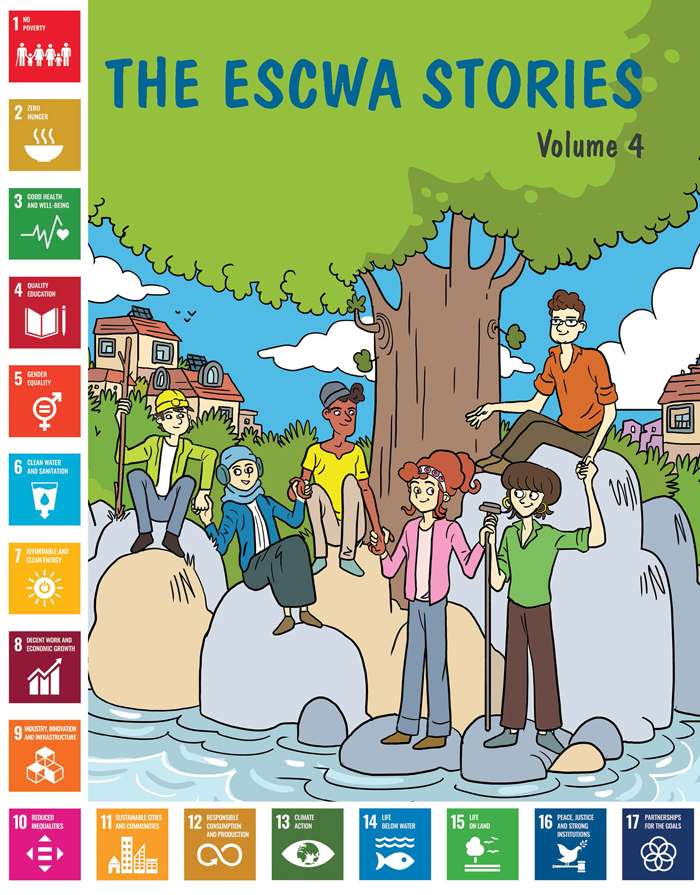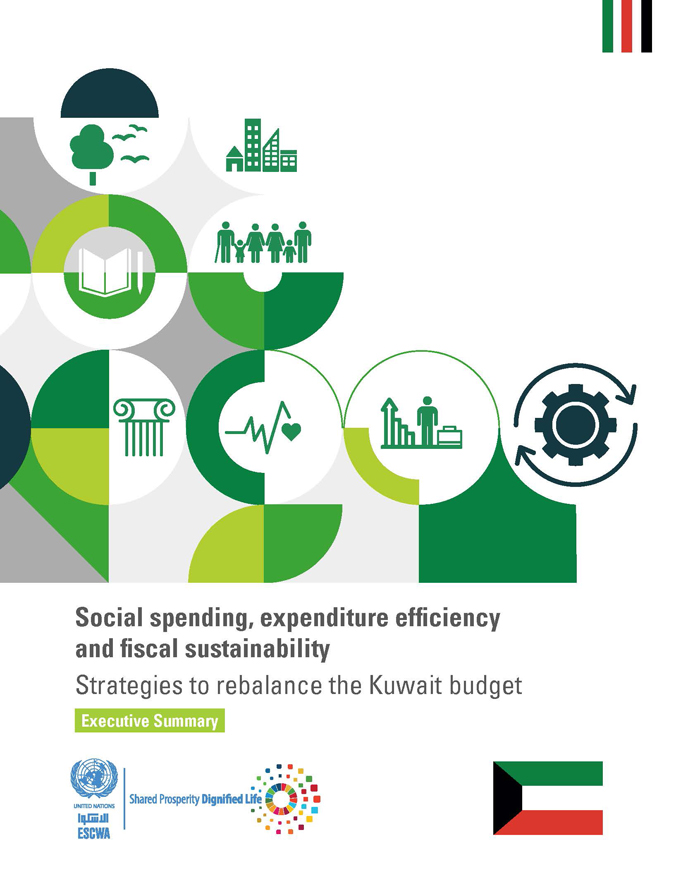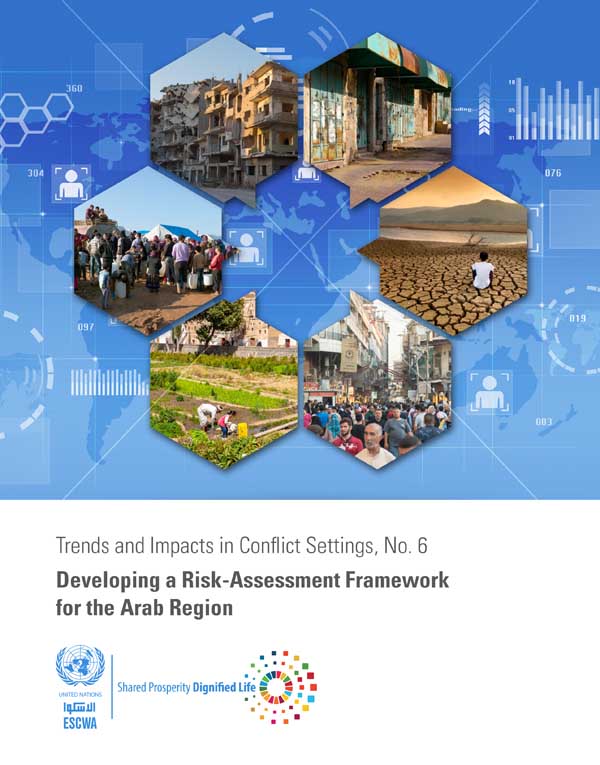
ESCWA Publication: E/ESCWA/ECRI/2019/1
Country: Arab region
Publication Type: Reports & studies
Cluster: Governance and Conflict Prevention
Focus Area: Climate change, Financing for development, Governance & enabling environment, Inclusive development, Macroeconomics, Natural resource sustainability, Population dynamics & migration, Resilient development & conflict prevention
Initiatives: Strengthening transboundary risk mitigation, International migration
SDGs: Agenda 2030
Keywords: Conflict, Risk, Risk assessment, Armed conflicts, Economic development, Political conditions, Regional programmes, Social development, Sustainable development
Trends and Impacts in Conflict Settings, No. 6: Developing a Risk-Assessment Framework for the Arab Region
January 2020
The Arab region is undergoing profound transformations due to social, economic, and governance factors, as well as from violent conflict, humanitarian crisis, and political instability. The regional peace and security challenges threaten social and economic development trajectories and will make it very difficult for many countries in the region to reach their Sustainable Development Goals by 2030. In order for countries to reach their development targets, policymakers and stakeholders must understand the current and future risks of violence, crisis, and instability—and the drivers of these risks—so that they can tailor their social, economic, environmental, governance, and security policies in ways that enhance prevention, mitigation, resilience, and response. Understanding risks—defined here as a combination of the probability of an adverse outcome and the potential impact of that outcome—is the first step in addressing those risks.
This publication proposes a regional risk assessment framework: a methodology for understanding and communicating the risks of violent conflict, humanitarian crisis, and political instability in the Arab region; the sources, drivers, and interactions of these risks; and their potential future trends. This framework is intended to provide a regional public good by helping member states allocate resources more efficiently, take steps for prevention and mitigation, and prioritize the people and assets that are most exposed—and thereby support the attainment of their sustainable development targets on schedule. The proposed framework rests solidly on existing best practices in the political, economic, and environmental risk literatures, and is organized around the four main components of risk: hazard, exposure, vulnerability, and capacity.
Related content
Climate change
, Financing for development
, Governance & enabling environment
, Inclusive development
, Macroeconomics
, Natural resource sustainability
, Population dynamics & migration
, Resilient development & conflict prevention
,
The Arab region is undergoing profound transformations due to social, economic, and governance factors, as well as from violent conflict, humanitarian crisis, and political instability. The regional peace and security challenges threaten social and economic development trajectories and will make it very difficult for many countries in the region to reach their Sustainable Development Goals by 2030. In order for countries to reach their development targets, policymakers and stakeholders must understand the current and future risks of violence, crisis, and instability—and the drivers of these risks—so that they can tailor their social, economic, environmental, governance, and security policies in ways that enhance prevention, mitigation, resilience, and response. Understanding risks—defined here as a combination of the probability of an adverse outcome and the potential impact of that outcome—is the first step in addressing those risks.
This publication proposes a regional risk assessment framework: a methodology for understanding and communicating the risks of violent conflict, humanitarian crisis, and political instability in the Arab region; the sources, drivers, and interactions of these risks; and their potential future trends. This framework is intended to provide a regional public good by helping member states allocate resources more efficiently, take steps for prevention and mitigation, and prioritize the people and assets that are most exposed—and thereby support the attainment of their sustainable development targets on schedule. The proposed framework rests solidly on existing best practices in the political, economic, and environmental risk literatures, and is organized around the four main components of risk: hazard, exposure, vulnerability, and capacity.
